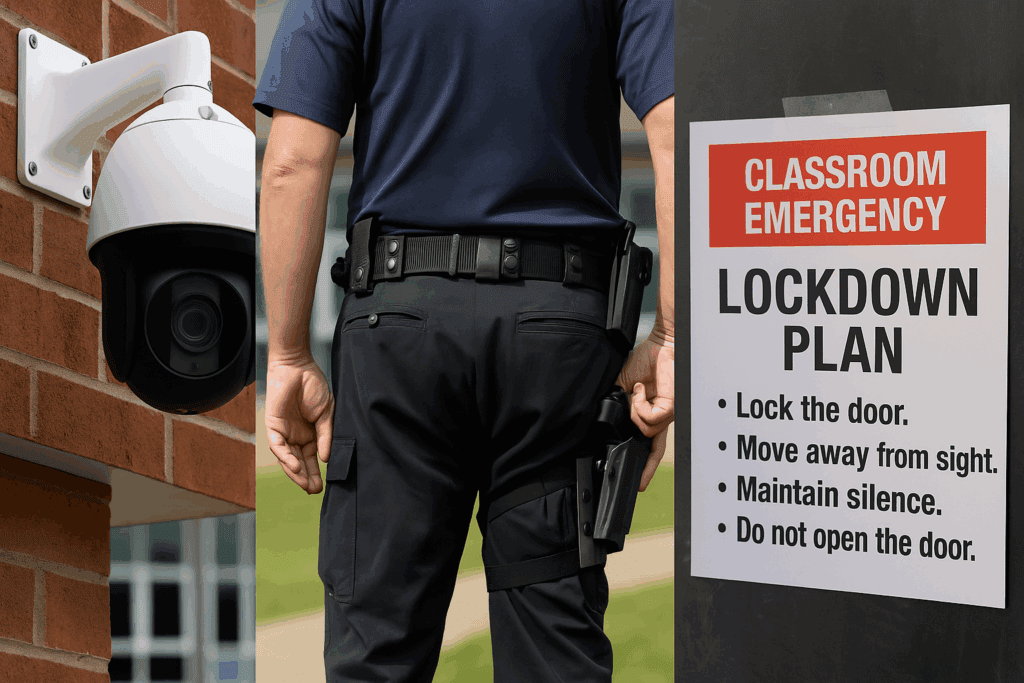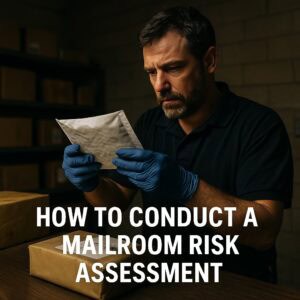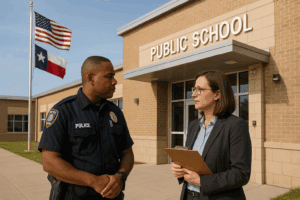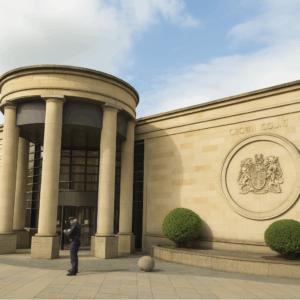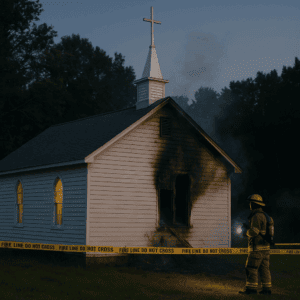Most schools and childcare centers manage safety in separate parts. There’s a tech policy, a fire drill plan, a visitor log, etc. But threats don’t show up that way.
They cross lines between physical security, digital access, and human behavior.
Here’s what’s happening right now:
- In Victoria, Australia, a childcare group is installing CCTV cameras at all locations. Not because of theft, but because of abuse cases. The government is tying camera use to funding decisions. (source)
- In Houston, over 100 public schools are getting armed security officers this year. This comes from a new state law that requires armed protection. Many of these campuses had no full-time officer before. (source)
- In Long Island, a school district is putting armed guards at every school. The superintendent asked, “What else can we do?” (source)
- In Virginia, schools are testing AI-powered cameras that scan student movements and scan for weapons. The system sends alerts for things like banned gestures, group clustering, and keywords. (source)
All these efforts come from the same place: trying to prevent harm. But they’re often separate. That’s the problem.
You can’t solve safety with cameras alone. Or by adding armed guards. Or by installing new software. You need all of it to work together, along with people who are trained, observant, and empowered to act.
What a unified safety plan looks like
Here’s what schools and childcare sites should do instead of patching systems together:
- Map threats across layers, including physical access, digital surveillance, emotional behavior, and insider threats. Each one connects to the others.
- Test response time, not just presence. Cameras don’t stop threats. Guards don’t either…unless they’re placed and trained right. Test how long it takes from the first sign to the actual response.
- Train everyone, not just staff. Kids, teachers, volunteers, contractors…everyone needs to know how to report concerns and what to do when something feels wrong.
- Balance safety and privacy. Don’t build systems that watch everyone without limits. Avoid tools that scan faces or read private messages. Build trust with clear policies.
- Write one plan that covers all three areas. Most schools have a physical plan, a tech plan, and a staff handbook. Combine them. Safety is one problem. Solve it that way.
Final thought
A camera might record a threat. A guard might intercept one. A student might speak up before anything happens. All of them matter. But only if they’re part of the same plan.
That’s what real safety looks like. And that’s where every school and center needs to head.

